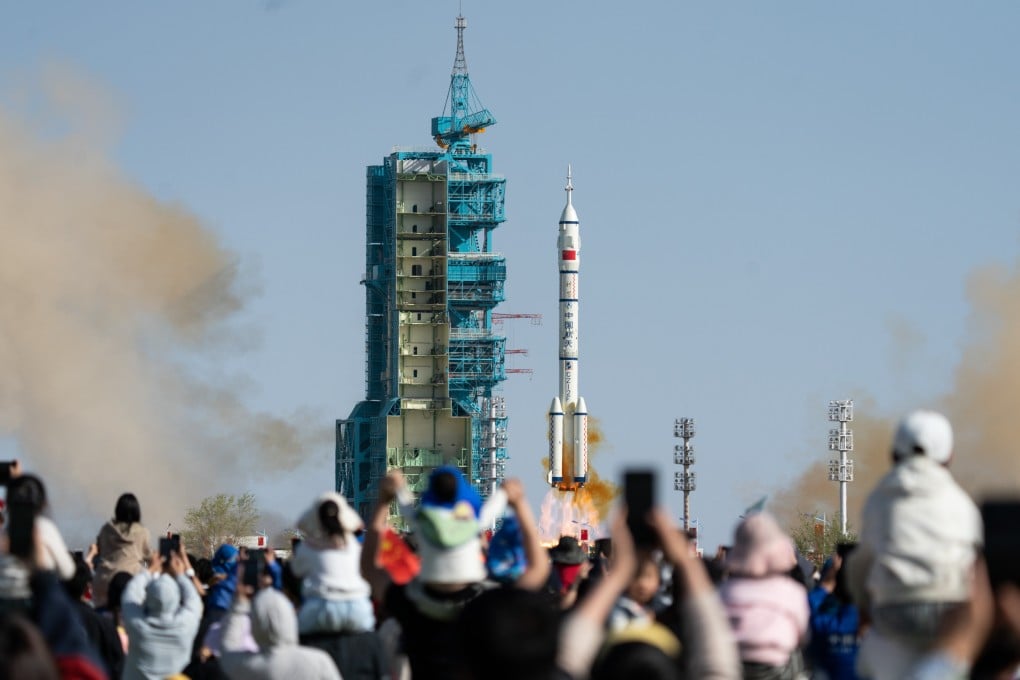Editorial | Shenzhou-20 launch signals nothing will stop the rise of China
Blast-off to Tiangong space station defies geopolitical headwinds with nation aiming to put astronauts on the moon by 2030

Launches happen frequently enough to almost seem routine, but the vapour trail arcing skyward above northwestern China yesterday was an important signal of the nation’s resolve to be a space exploration leader despite geopolitical headwinds.
The blast-off was all the more exciting knowing Hong Kong’s first astronaut could be joining a mission as early as next year.
The three Shenzhou-20 astronauts will spend six months on the Tiangong space station, carrying out experiments on artificial brain models and superconducting materials.
They will replace the current residents, including China’s third female astronaut, who are due to return to Earth on Tuesday.
Announcing the flight plans earlier this week, China’s space agency said it remained on track to put astronauts on the moon by 2030. Lin Xiqiang, deputy director of the China Manned Space Agency (CMSA), said development was “progressing smoothly”, including on tests of the Long March-10 rocket, Mengzhou spacecraft and Lanyue lunar lander.
However, China has some catching up to do with the US space agency Nasa. Both aim to put the first humans on the moon this century. The United States has done it before, most recently on a 1972 Apollo mission.
Now, Nasa has conducted full uncrewed flight tests of an updated launch system and spacecraft, while China has yet to do a full flight test.
